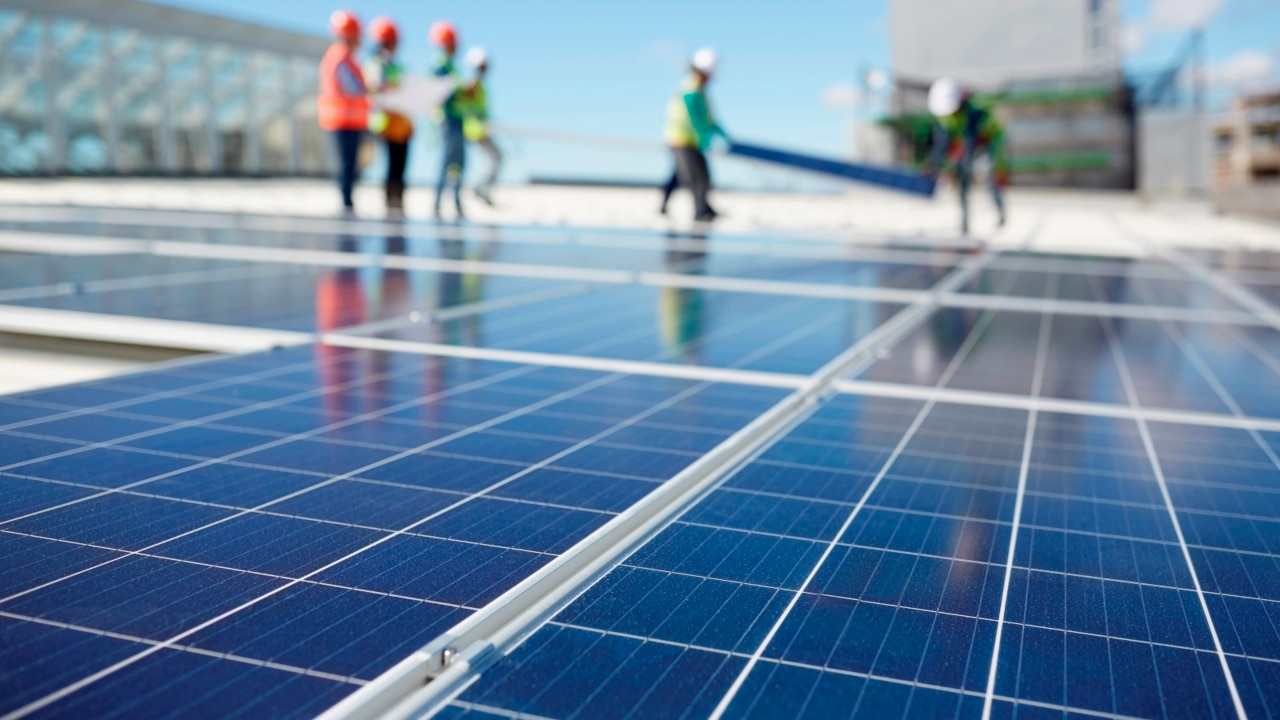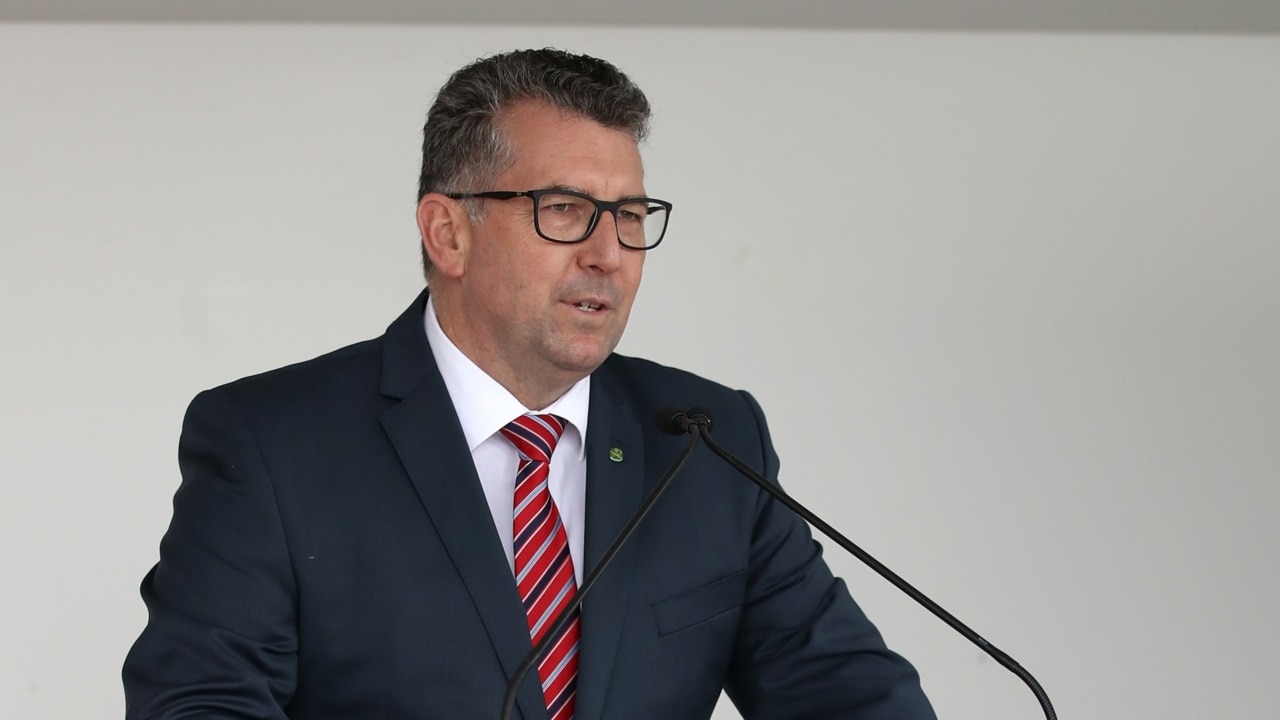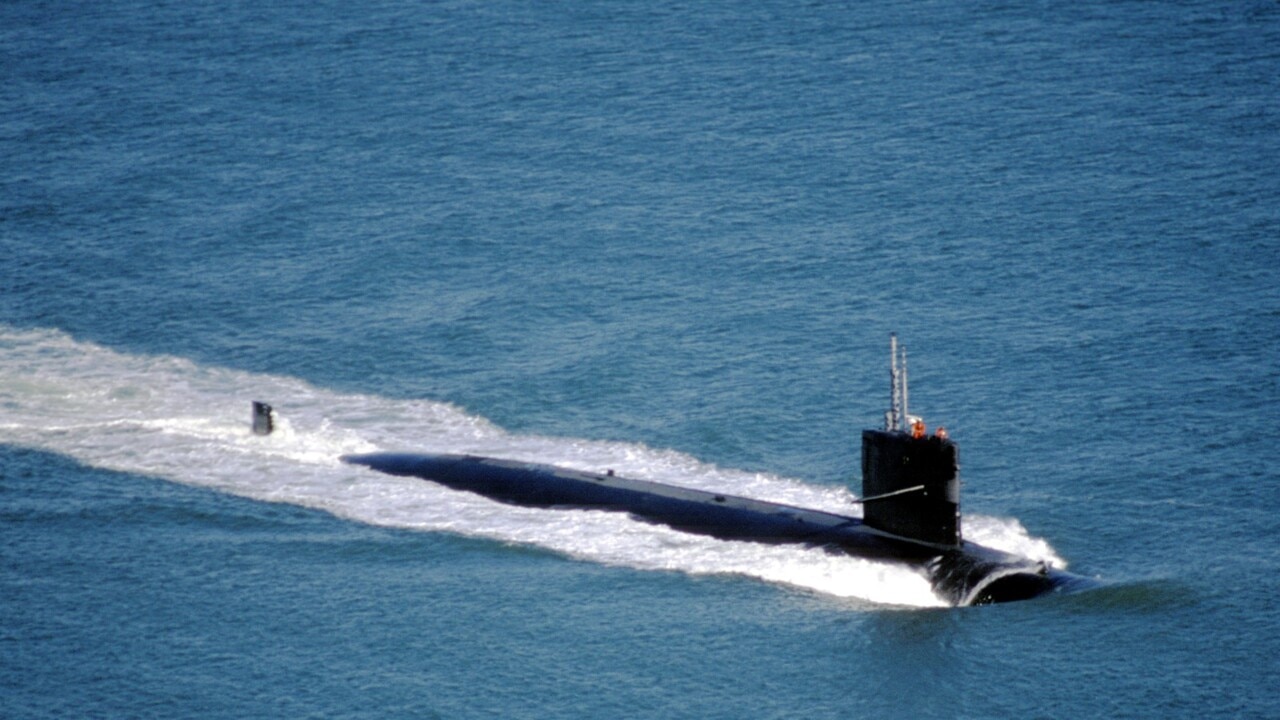Almost nothing is going right in Australia’s quest to become the first country in the world to be powered entirely by renewable energy.
The Australian Energy Market Operator warned last week that the promised acceleration of investment in wind and solar energy isn’t happening.
Investment commitments last year were the lowest since the Clean Energy Council started tracking that metric in 2017.
Transmission projects are way behind schedule and are increasingly facing community resistance, just as they are in the US, where expensive wind and solar projects sit idle because they can’t be connected to the grid.
Even if investment starts to flow, there is still a fundamental technical challenge to overcome, one so obvious it shouldn’t need stating.
Electricity from weather-dependent generators must be stored or linked to a reliable backup system, like quick fire gas generation.
Batteries are being installed faster than wind and solar, but they are still not keeping up.
The growing consensus worldwide is that lithium storage won’t be an economical or efficient way to replace wind and solar for extended periods.
Other technological solutions, like compressed air, are in the development stage.
Right now, however, the only feasible medium-term storage technology is pumped hydro.
The limitations of pumped hydro are substantial, particularly on a flat, dry continent like ours.
Pumped hydro schemes require heroic feats of civil construction, which are almost always subject to delays.
The destruction of natural landscapes and the threat to biodiversity are potentially far more significant than building any other type of energy infrastructure.
Generators run by pumped hydro cannot operate continuously since they are limited by the amount of water that can be pumped and stored.
Pumped hydro is also hellishly expensive, as we learned in the Budget – which confirmed that we’re unlikely to see any change out of the $12 billion set aside for Snowy 2.0, more than three times the original estimate.
One person who should understand the drawbacks of pumped hydro better than most is Malcolm Turnbull, Australia’s 29th Prime Minister and the father of Snowy Hydro 2.0.
Seven years ago, Turnbull called a press conference at Talbingo, NSW, to announce the feasibility study for what he said would be the biggest battery in the southern hemisphere.
The estimated cost of $3.5 billion could be financed out of Snowy Hydro’s existing profits.
“This is commercial,” he said.
“This will make money for Snowy Hydro. This is very bankable.”
Snowy Hydro 2.0 was initially scheduled to be completed this year.
The target date is now December 2028.
The delay hardly matters in one sense since the construction of Hume Link connecting the project has yet to begin.
The cost of HumeLink has also blown out to an estimated $5 billion, and since Snowy Hydro 2.0 cannot operate without it, the project’s actual cost is $17 billion.

Coincidentally, that figure is also the CSIRO’s upper estimate for constructing a conventional nuclear power station, which, if built on an existing coal generator site, would need no additional transmission, removing one potential source of delay.
If the CSIRO’s lower estimate turned out correct, we might get two state-of-the-art, third-generation reactors for that price.
Together they would produce three gigawatts or more of reliable electricity from a generator capable of running for 95 per cent of the time for at least 60 years and almost certainly longer.
CSIRO tells us that nuclear takes too long to build, but the time issue is somewhat relative – since Snowy Hydro 2.0 won’t be completed in under 11 years.
You might imagine that Turnbull might be quietly kicking himself for having made the wrong call.
He might be glaring at Finland’s Olkilouto 3 generator completed last year and suffering an attack of Pressurised Water Reactor envy.
Apparently not.
Last year, Turnbull called Peter Dutton “bonkers” for even considering nuclear.
“I’m not saying he’s a stupid person,” Turnbull told the Australian Clean Energy Summit, “But he says stupid things.”
“The reality is, it will not stack up in this country… It is the most expensive form of primary generation without any question.”

The expensive thing about nuclear is the capital cost.
Running it is relatively cheap.
Since the CSIRO puts the capital cost on par with Snowy Hydro 2.0, pumped hydro must be equally expensive.
The cost per unit of electricity supplied by pumped hydro will be several times higher than that from nuclear power since it only produces electricity part of the time.
It is little wonder that pumped hydro turned out to be less bankable than Turnbull optimistically assumed in 2017.
It is not bankable at all, which is why it requires so much government money.

The Queensland Government, for example, is paying an estimated $6 billion for the Borumba project in the state’s south-east.
Turnbull, a former merchant banker, understands the unbankability of pumped hydro better than most.
He is the founder of Turnbull Renewables, a new venture proposing to build a pumped hydro project in the Hunter Valley.
Last Wednesday, he spoke at the Energy Storage conference in Sydney, where he argued the Government’s Capacity Investment Scheme should be changed to allow it to provide government-backed loans for pumped hydro.
He said pumped hydro should be eligible for an up-front capacity payment to address the high upfront costs while acknowledging pumped hydro’s role in compensating for wind and solar droughts, or dunkelflauten as the Germans call them.
Rent-seeking is par for the course in the renewable energy sector.
The market has been driven by implicit subsidies from the beginning.

Yet, after Turnbull’s unguarded comments last week, we are obliged to view his comments on nuclear energy in a different light.
He has a strong vested interest in ensuring the party he once led loses the next election.
If Dutton were to win a mandate to end the ban on nuclear power, the value of Turnbull’s portfolio would shrink overnight.
Labor’s flawed Capacity Investment Scheme would unlikely survive in anything but name.
Nobody would want to discourage Turnbull from using his entrepreneurial talents.
As a former prime minister, however, he has an obligation to maintain the dignity of that office by declaring his self-interest when speaking on energy policy or, better still, saying nothing at all.
Nick Cater is a senior fellow at Menzies Research Centre

